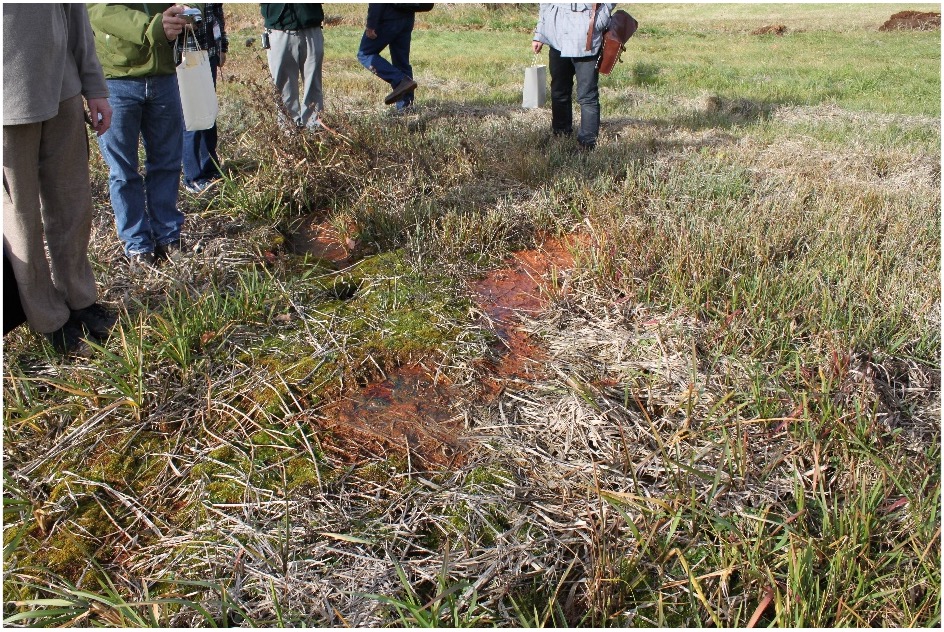December 6, 2021

Qiqi Wang
Bureau Fracture Research and Application Consortium (FRAC) Ph.D. Student’s New Developments in Fracture Characterization
FRAC Ph.D. student Qiqi Wang was invited to give a talk about her research characterizing outcrop and subsurface fractures and reservoir quality at the American Association of Petroleum Geologists’ (AAPG) Petroleum Structure and Geomechanics Division’s monthly webinar. The talk started with a review of her published basement-joint-spatial-distribution-characterization study, which shows that opening-mode joints in granites have patterns that range from power-law clustering to indistinguishable from random. The outcrop exposures described in the paper are spectacular—even for nongeologists. Qiqi shared her recent findings that in fractured sandstone with a long diagenetic history residual fracture porosity can be observed despite prolonged burial at great depth. She then ended the talk with a report on an ongoing study involving the reservoir-scale-quantitative characterization of fractures in East Painter reservoir sandstone. The study used image log and well production data as well as an outcrop analog.
Examples and the rigorous spatial-arrangement method used in the study provide essential insights for understanding fracture patterns and fluid flow in other naturally fractured sandstone and basement rocks.
The talk took place at noon (CST) on September 14. A recording of the talk is now available on the AAPG PSGD’s YouTube channel.
Earlier this year, another FRAC Ph.D. student, Rodrigo Correa, showcased his intriguing work developing a quantitative-fracture-2D-arrangement-characterization method at the PSGD webinar.

Dr. Susan D. Hovorka
Gulf Coast Carbon Center’s (GCCC) Recent Work on Storage Risk and Liability
Geologists have a lot of confidence in Earth systems—we find the layering of sedimentary rocks and the distribution of depositional facies to create high but ordered variability and the flow of fluids within them to be well understood and predictable.
Injecting carbon dioxide into sedimentary rocks in the deep subsurface after fuel combustion is a mature process that avoids release into the atmosphere. How can we transmit geotechnical confidence in geologic characterization and fluid flow to people who have limited subsurface experience, such as financiers, industries with a carbon liability, residents, and environmental justice advocates?
GCCC has used funding from the UT Energy Institute’s “Fueling a Sustainable Energy Transition” project to develop more realistic concepts about the feasibility and long-term confidence of storing carbon dioxide (CO2) in the deep subsurface. Because this mature technology is being repurposed for a new use—storage—the risk profile is not grounded in extensive experience, which has resulted in market and policy concerns about storage permanence post closure, concern about “reversals” of storage incentives, and development of schemes to offset anticipated future damages.
We provide information on project and long-term risks using a novel approach of creating analytical models of unacceptable storage outcomes during and after the end of injection. The challenge is linking the model-created leakage paths (improperly constructed wells with poor zonal isolation) with reservoir and groundwater using realistic physics. Reservoir responses, such as local and long-term pressure decline and near well and whole plume relative permeability, change the driving forces of leakage. The impact of driving force attenuation shows the distribution of realistic loss cases is skewed toward minimal impacts. This finding will help provide perspective on the limits of negative outcomes and support a wider understanding of the reliability of geologic storage.

CO2-rich water seeps to the ground surface at Maria Laach volcanic area near Andernach, Germany, a natural analog for CO2 leakage. The red color is uncommon but indicates that iron has been mobilized and oxidized, perhaps due to a decrease in pH from CO2 dissolution into groundwater. Note that the impact affects a small localized area, which is in line with expectations from years of research into environmental impacts. Credit-Katherine Romanak